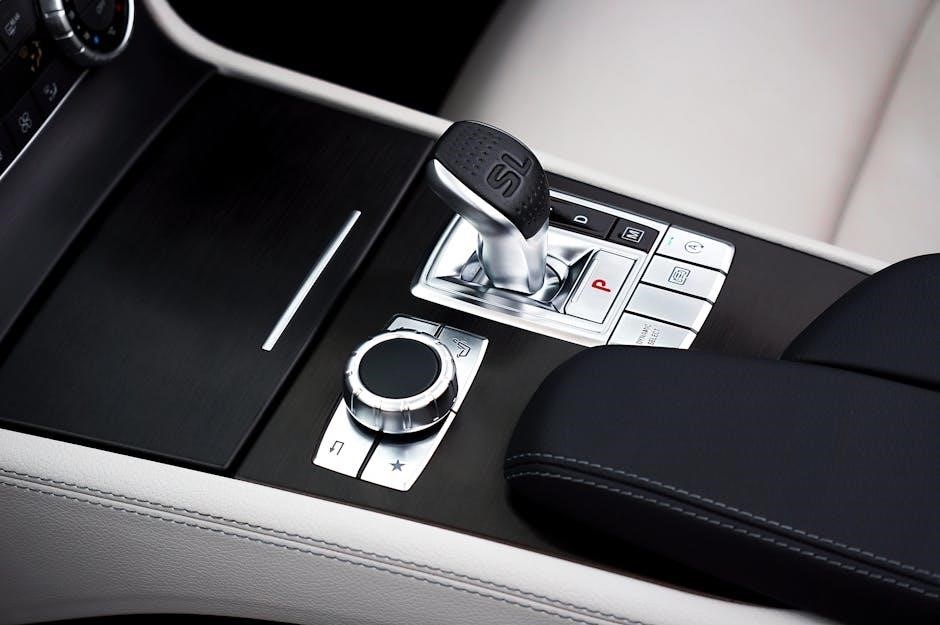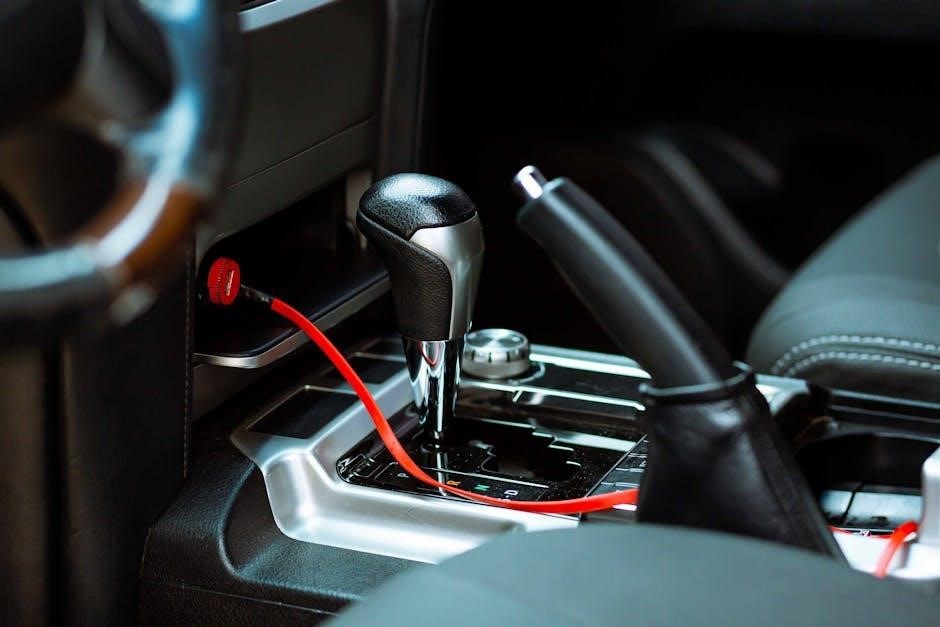Manual and automatic turntables cater to different listening preferences. Manual turntables offer hands-on control, while automatic models provide convenience with self-operating mechanisms. Both designs balance sound quality and user experience.

Overview of Manual Turntables

Manual turntables require users to lift the tonearm and place it on the record, offering full control over playback. This hands-on approach appeals to audiophiles who value precision and a tactile listening experience. Unlike automatic models, manual turntables lack the mechanical components needed for automated startup and stop functions. This simplicity reduces the risk of technical issues related to wear and tear, making them a durable choice. However, users must remain attentive to manually lift the tonearm at the end of a record, which can be seen as both a pro and a con. Manual turntables are often preferred by those who enjoy the ritual of vinyl playback and are willing to invest time in their setup and operation. They are ideal for listeners seeking a direct connection to their music and the satisfaction of handling their records with care.

Overview of Automatic Turntables

Automatic turntables simplify the vinyl listening experience by automating key functions. With the press of a button, they start and stop playback, and some models even return the tonearm to its resting position. This convenience reduces the risk of accidental needle damage, making them a practical choice for casual listeners. Automatic turntables are ideal for those who value ease of use and prefer a hands-off approach. They often feature built-in mechanisms to handle record sizes and speeds, streamlining the process. However, the added mechanical components can introduce potential points of wear and tear. Despite this, automatic turntables remain popular for their accessibility and user-friendly design, appealing to both newcomers and those seeking a hassle-free way to enjoy their vinyl collection without sacrificing sound quality.

Key Differences Between Manual and Automatic Turntables
Manual turntables require hands-on operation, offering precision control, while automatic models streamline use with mechanical automation, reducing manual intervention and potential for stylus damage, yet adding complexity.
Operating Mechanism: Manual vs. Automatic
Manual turntables require users to lift the tonearm and gently place it on the record, offering precise control over playback. This hands-on approach is favored by audiophiles who value tactile engagement. Automatic turntables, however, streamline the process with a mechanized arm that starts and stops playback without manual intervention, making them more user-friendly. Some automatic models also feature a cueing lever, allowing for optional manual control. The choice between the two often comes down to personal preference—those who enjoy the ritual of vinyl may prefer manual, while others appreciate the convenience of automatic operation. Both mechanisms aim to deliver high-quality sound, but their operational differences cater to distinct listening experiences.
Mechanical Complexity and Durability
Manual turntables are generally less mechanically complex, as they lack the additional components required for automatic operation. This simplicity often translates to greater durability, as there are fewer moving parts that can wear out or malfunction. Automatic turntables, on the other hand, incorporate mechanisms to lift and lower the tonearm, which adds complexity and potential points of failure. Over time, these mechanisms can experience wear, leading to maintenance needs. However, many high-quality automatic turntables are built to withstand this wear and remain functional for years.Manual turntables, with their straightforward design, are often preferred by audiophiles who prioritize longevity and minimal mechanical interference. Ultimately, the choice between the two depends on whether one values the simplicity and durability of manual models or the convenience of automatic ones.

Pros and Cons of Manual Turntables
Manual turntables offer durability and simplicity but require hands-on operation. They lack automatic features, which may appeal to those seeking convenience, but excel in longevity and tactile experience.
Advantages of Manual Turntables
Manual turntables are favored for their durability and simplicity. The absence of complex mechanisms reduces the risk of mechanical failure, making them a reliable choice for long-term use. Their straightforward design also minimizes the potential for technical issues, ensuring consistent performance. Additionally, manual turntables often appeal to audiophiles who appreciate the tactile experience of hands-on operation. By requiring the user to lift the tonearm and place it manually, these turntables offer precise control over playback, which can enhance the listening experience. Furthermore, the lack of additional hardware means fewer moving parts, potentially leading to less wear and tear over time. This makes manual turntables a preferred option for those who value a direct, immersive connection to their music and are willing to engage more actively with their vinyl collection.

Disadvantages of Manual Turntables
Manual turntables require more user involvement, which can be a drawback for some. The need to manually lift and place the tonearm increases the risk of accidental damage to the stylus or record if not done carefully. Additionally, users must stay attentive to lift the needle at the end of a record, as manual turntables lack the automatic shut-off feature. This can be inconvenient for those who prefer a hands-off listening experience. Furthermore, manual turntables may not be as beginner-friendly, as they demand a certain level of skill and knowledge to operate properly. The lack of automation also means users must handle the record more frequently, which can be less appealing for casual listeners seeking convenience. Overall, while manual turntables offer durability and control, their operational demands can be a disadvantage for some users.
Pros and Cons of Automatic Turntables
Automatic turntables offer convenience and ease of use with self-operating mechanisms, but their added mechanical complexity can lead to technical issues and potential wear over time, affecting durability.
Advantages of Automatic Turntables
Automatic turntables are ideal for casual listeners and those seeking convenience. They operate with minimal effort, starting and stopping records automatically, which reduces the risk of accidental damage to the stylus or vinyl. This makes them user-friendly, especially for beginners or those who prefer a hands-off experience. Additionally, automatic models often feature sleek designs and modern aesthetics, appealing to a broader audience. Their ease of use ensures consistent playback without requiring manual intervention, making them perfect for everyday listening. Furthermore, automatic turntables are less likely to be affected by human error, such as improper cueing, which can scratch records or damage the needle. Overall, they strike a balance between simplicity and performance, catering to those who value convenience without compromising sound quality.
Disadvantages of Automatic Turntables
Automatic turntables have some drawbacks that may deter enthusiasts. Their mechanical complexity can lead to wear and tear over time, potentially affecting performance and longevity. Audiophiles often criticize automatic models for lacking the precise control and tactile experience of manual turntables. Additionally, the automated mechanisms can introduce slight vibrations or noise, which may compromise sound quality. Some users find the automatic start-and-stop feature less engaging, as it reduces the personal interaction with the vinyl. Moreover, automatic turntables are generally bulkier due to the added hardware, making them less portable. They also tend to be more expensive than manual models, which can be a significant drawback for budget-conscious buyers. Lastly, the reliance on automatic features may lead to fewer customization options, limiting the ability to fine-tune the listening experience. These factors make automatic turntables less appealing to purists who prioritize sound fidelity and hands-on control.
Selecting between a manual and automatic turntable depends on personal preferences and listening habits. Manual turntables suit those who value tactile control and are willing to handle vinyl with care, enhancing their engagement with music. Automatic models, however, are ideal for convenience, offering ease of use and minimal effort, making them perfect for casual listeners or those who prioritize simplicity. Audiophiles often lean towards manual turntables for their pure sound reproduction, while automatic turntables appeal to users seeking hassle-free operation. Budget and lifestyle also play significant roles, as manual turntables tend to be more affordable and portable, whereas automatic models may offer durability but at a higher cost. Ultimately, the choice should align with how one intends to interact with their vinyl collection and the importance they place on sound quality versus convenience. Balancing these factors ensures a satisfying listening experience tailored to individual needs.

